In an exclusive interview with Mehr News Agency, Colin S. Cavell, a full professor of political science at Bluefield State College, shares his thoughts about the US presidential election and the country's political system.
Here is the full text of the interview:
Trump has shown no sign of a peaceful transfer of power. Recently US Secretary of State Mike Pompeo said "There will be a smooth transition to a second Trump administration." Some believe such remarks can eventually lead to anger and violence. What is your take on this?
No, at this point, there does not appear to be a peaceful transfer of power on the part of President Trump in the near future. Here is why:
Background facts about the United States of America:
Population: 331,002,651 people
Number of states: 50
Number of Electoral Votes: 538 (435 reflecting the number in the U.S. House of Representatives plus three for the District of Columbia[1] plus two reflecting each state’s number of senators)
Total Votes Cast in Election 2020: 154,749,8388
Total Votes Cast for Joe Biden (D): 78,765,697 (50.9%)
Total Votes Cast for Donald Trump (R): 73,159,025 (47.3%)
Since Election Day on November 3, 2020, the world has been awaiting the outcome of the 2020 U.S. Presidential Election. On Saturday, November 7, 2020, candidate Joe Biden was declared by the national media the victor, as Biden reportedly, according to the Associated Press wire service, won the contest in the state of Pennsylvania. As counting in several states continues—due to absentee votes and mail-in ballots—and now recounts of votes—the above figures may slightly change one way or another. Since November 7th, the Biden campaign, the Democratic Party, and those associated with either the Democrats or continuity of the U.S. republic, in accordance with past practice, have emphasized that Biden’s victory as President is a foregone conclusion, i.e. a fact.
Republican candidate Donald Trump, however, did not concede the race to Biden, as he maintains that the 2020 election is fraught with fraud and, hence, neither the ballots nor the ballot counting can be trusted. To the contrary, Trump—who remains President until the next inauguration day on January 20, 2021—announced early in the morning on Wednesday, November 4th around 2:30 a.m. EST that he was the victor. Also, the strategy ahead for his campaign was made clear: “We will be going to the Supreme Court. We want all voting to stop. We don’t want them to find any ballots at 4 a.m. in the morning,” Trump said.
In his 1831 treatise, Alexis de Tocqueville made the following conclusion:
In America there are no nobles or men of letters, and the people is apt to mistrust the wealthy; lawyers consequently form the highest political class, and the most cultivated circle of society. They have therefore nothing to gain by innovation, which adds a conservative interest to their natural taste for public order. If I were asked where I place the American aristocracy, I should reply without hesitation that it is not composed of the rich, who are united together by no common tie, but that it occupies the judicial bench and the bar (de Tocqueville, Ch. XVI, 1831).

The prescience of de Tocqueville’s conclusion as regards the existence of an aristocracy in the United States can be witnessed today as the ultimate decision regarding the outcome of the 2020 U.S. presidential election is yet to be settled and appears to be headed for a judicial decision by the U.S. Supreme Court, much as the 2000 case decided in favor of George W. Bush in the 2000 election (Bush v. Gore, 531 U.S. 98 (2000)) which provided him the keys to the White House in Washington, D.C.
The Supreme Court of the United States (SCOTUS) is comprised of nine members, so that a tie vote will seldom happen. Current composition of the court—with the death of liberal justice Ruth Bader Ginsburg on September 18, 2020 and her replacement with conservative justice Amy Coney Barrett confirmed by the U.S. Senate on October 31, 2020—now ensures a 6-3 conservative majority, and this is what the Trump team is counting on should the outcome of the 2020 U.S. election end up in the court system.
SCOTUS cannot simply issue a partisan ruling in favor of the Trump team without a valid legal argument supporting their decision. If so, then what is the legal path forward for the Trump team?
Article II of the United States Constitution states in part:
Article. II.
Section. 1.
The executive Power shall be vested in a President of the United States of America. He shall hold his Office during the Term of four Years, and, together with the Vice President, chosen for the same Term, be elected, as follows
Each State shall appoint, in such Manner as the Legislature thereof may direct, a Number of Electors, equal to the whole Number of Senators and Representatives to which the State may be entitled in the Congress: but no Senator or Representative, or Person holding an Office of Trust or Profit under the United States, shall be appointed an Elector.
The Electors shall meet in their respective States, and vote by Ballot for two Persons, of whom one at least shall not be an Inhabitant of the same State with themselves. And they shall make a List of all the Persons voted for, and of the Number of Votes for each; which List they shall sign and certify, and transmit sealed to the Seat of the Government of the United States, directed to the President of the Senate. The President of the Senate shall, in the Presence of the Senate and House of Representatives, open all the Certificates, and the Votes shall then be counted. The Person having the greatest Number of Votes shall be the President, if such Number be a Majority of the whole Number of Electors appointed; and if there be more than one who have such Majority, and have an equal Number of Votes, then the House of Representatives shall immediately chuse by Ballot one of them for President; and if no Person have a Majority, then from the five highest on the List the said House shall in like Manner chuse the President. But in chusing the President, the Votes shall be taken by States, the Representation from each State having one Vote; A quorum for this Purpose shall consist of a Member or Members from two thirds of the States, and a Majority of all the States shall be necessary to a Choice. In every Case, after the Choice of the President, the Person having the greatest Number of Votes of the Electors shall be the Vice President. But if there should remain two or more who have equal Votes, the Senate shall chuse from them by Ballot the Vice President.
The Congress may determine the Time of chusing the Electors, and the Day on which they shall give their Votes; which Day shall be the same throughout the United States….
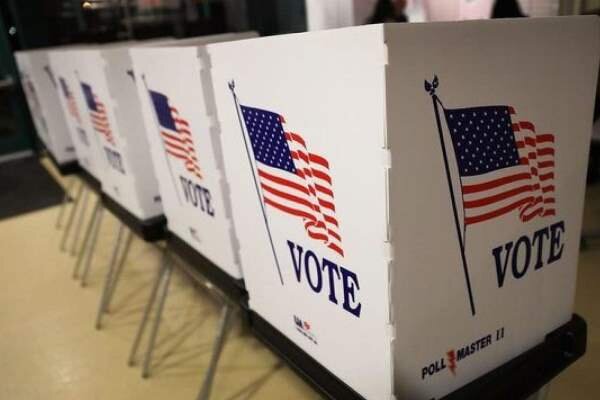
Okay, one may say, but what about the Constitutional provision for the president to be chosen by the majority-vote winner? Sad to say, there is no provision in the U.S. Constitution for a popular vote. But have not previous presidents been declared by the media shortly after a presidential election, except for the 2000 election which had to wait 32 days before the SCOTUS ruled in Bush’s favor? The 2000 election reflected the deep divisions present in American society up to that point, and such divisions have only accelerated since. Even though Democrat Al Gore had garnered 547,398 more popular votes than his opponent George W. Bush, it was nonetheless Bush who won the Electoral College vote 271 to 266[2] and became the 43rd president of the United States.
Bush Junior—as he is often referred to as to distinguish him from his father, George H.W. Bush, who served as the 41st president of the U.S.—was the fourth presidential candidate to become president of the U.S. without winning the popular vote. Donald Trump in the 2016 presidential election became the fifth president to occupy the White House without winning the popular vote.
What these cases indicate—contrary to the opinions held by many in the U.S. and around the world—is that the popular vote for U.S. president is not the manner in which the U.S. president is elected. Instead, the only provision for electing a president, and, accordingly, a vice president, is through garnering the majority of votes in the Electoral College, an institution established by the founding fathers at the 1787 U.S. Constitution as a compromise to ameliorate the demands of the slave-owning southern delegates, and ensconced in Article II of the Constitution.
Up until the mid-1800s, most states strictly followed the Constitution and had their state legislatures select who their Electoral College electors would be. But with the growing demands for democratic participation in the electoral process, states, gradually, and then fully began hosting statewide presidential contests so as to determine the popular will of the citizens of their state in order to select members of the Electoral College. However, the Constitution was never changed or amended to reflect this practice. Consequently, for over the last 170 years or so, the fiction has been perpetrated by the U.S. media, political science professors, pundits of all sorts, and politicians, etc. that it is the popular vote which determines who the U.S. president will be—except for those five times when it did not. “But,” they would say, “those races were anomalies, and we need not dwell on them.”
The American society seems to be more polarized than ever and popular votes also signaled this. How do you assess the negative effects of this polarization in US internal and foreign policies?
You ask, how can someone so polarizing like Donald Trump ever be seriously considered as a candidate for the U.S. presidency, much less actually win in 2016?
To answer this question, one must understand that the U.S. was founded upon and maintains a capitalist economy. Without going into all of the ramifications of maintaining this sort of economy, rooted in the concept of private property, it is sufficient to know that capitalism necessarily requires the existence of two main social classes: the capitalists or those who own and control the means of production, and the workers or those who must sell their labour-power in exchange for a wage. Historically, the working class in the U.S. has had to fight for many hard-earned rights, from the eight-hour day, to lunch and work breaks during the workday, to social security benefits once they retire from the workforce, etc. With modern means of communications and more advanced technology, it is impossible for the capitalist class to simply ignore such demands, as they did for much of the history of the republic before the Great Depression of 1929. With the electorate expanding over the years to include the enfranchisement of African American men, women, Native Americans, Asians, 18-year-olds, etc., the unrestrained rule of the wealthy has had numerous restrictions put upon them.
Though Republicans and Democrats may at times favor some popular demand of the people to the opposition of the other, neither strays too far outside of the parameters of capital’s control of the economy and society.
Politically, the two major political parties in the U.S., the Democrats and the Republicans, are capitalist parties pledged to maintain the capitalist economic system. Though one may at times favor some popular demand of the people to the opposition of the other, neither strays too far outside of the parameters of capital’s control of the economy and society. The consequence of this fact has left out the voices of those advocates of a more inclusive more socialistic system, a more democratic and equal system. And this exclusion of working-class voices (i.e. genuine working-class voices) from the political debate, etc. is why many of the working-class, particularly those who comprise its mostly white base, defected to the campaign of Donald Trump in 2016 and largely remain staunch adherents to his person. Many of them will admit that Trump is crude, vulgar, obscene at times, an incessant liar, and a spoiled rich boy who is only interested in self-aggrandizement; however, this is their revenge on a Democratic Party and elite that, they feel, has ignored them, treats them with condescension, and calls them a “basket of deplorables”.
Given this political divide, evidently entrenched in the U.S. political system, it is not only possible but, moreover, predictable, that the political system would be called out for its hypocrisy and mendacity, for as the political elite continued to claim to rule for the benefit of all the people, it was self-evident who had the secure jobs, the higher wages, the guaranteed health care, etc. and who did not. Trump had tapped into this revanchism by pledging to “Make America Great Again”, which appeals particularly to Caucasians who increasingly have resented the perceived advancement of non-whites, immigrants, women, etc. in society.
Thus for Trump and his mostly white base, there was no way he could lose the 2020 presidential election unless there was widespread and systematic fraud, and this is what he continues to maintain.
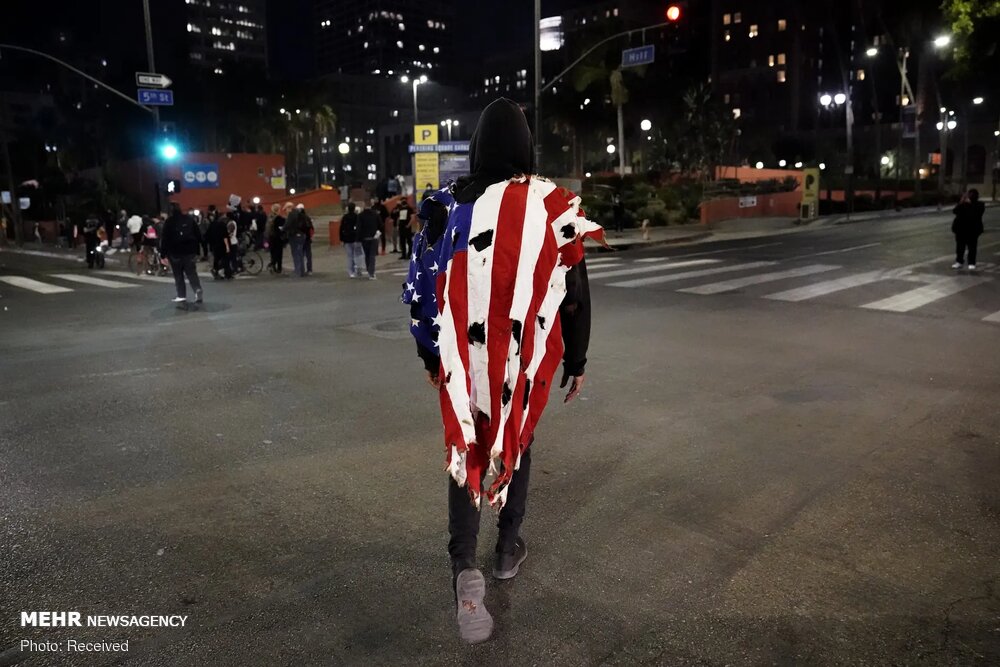
White House Press Secretary Kayleigh McEnany appeared on Fox News to present 234 pages of affidavits she claimed were proof that election fraud took place. How do you assess the situation around Trump’s legal cases to win the election? Can they possibly change the outcome?
Going forward, therefore, Trump is not interested in the focus on popular vote counting per se—this is an obsession of the Democrats, et al. Instead, the Trump team is bringing court challenges only in order to delay state certifications of their elections. If the key battleground states are unable to certify their state elections by what is called The Safe Harbor Day on December 8th, then these battleground state legislatures will feel emboldened and empowered to safely ignore the popular vote-count in their states thus allowing them to choose a slate of electors on their own and without reference to the popular vote, which has not been certified. Democrats are waging this battle solely with legal arguments, while Trump and the Republicans are waging both a legal and political battle.
Trump focusing on persuading electors to ignore the popular vote.Trump has instilled a narrative in his 73 million population base that the election was a fraud. All he is focused on now is persuading Republican-controlled legislatures in the battleground states to ignore the popular vote in their states and choose a set of electors they think credible.
The Electoral College meets on December 14, 2020, and the electors will cast their votes for President and Vice President. This is the REAL election, not the customary one held on November 3rd. Hence, who state legislatures select to represent their state in the Electoral College should be the focus of all interested parties (cf. Chiafalo v. Washington, 2020).
Whatever the outcome, the U.S. will remain a highly divided nation and this could be the prelude the transition of politics from debate to incivility.
Interview by Mohammad Ali Haqshenas
BIBLIOGRAPHY
Chiafalo v. Washington. U.S. 140 S. Ct. 2316 (2020). Argued May 13, 2020. Decided July 6, 2020.
de Tocqueville, Alexis. 1831. Democracy In America, Ch. XVI. “The Profession Of The Law In The United States Serves To Counterpoise The Democracy.” California: Marxist Internet Archive [marxist.org]. [https://www.marxists.org/reference/archive/de-tocqueville/democracy-america/ch16.htm].
[1] Each state has a number of electoral votes equal to the combined total of its congressional delegation, and each state legislature is free to determine the method it will use to select its own electors.
[2] As the Electoral College is made up of 538 electors, half of which is 269, a winning candidate must reach a minimum of 270 Electoral College votes in order to declare victory.


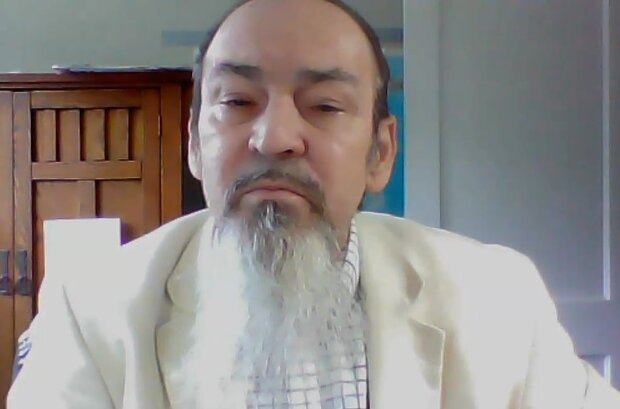










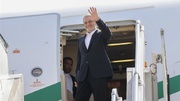






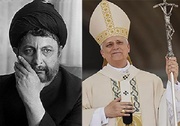

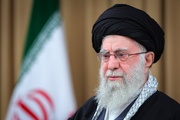



Your Comment